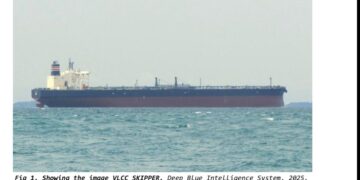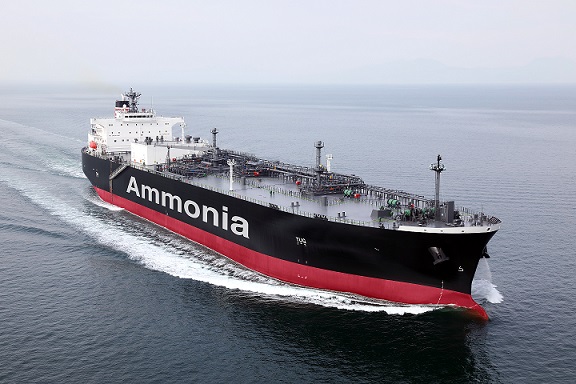Shipping is one of the few transport modes that does not achieve zero emissions in the Net‐Zero Emissions by 2050 Scenario, released by the International Energy Agency (IEA).
The agency ascribed this to a lack of available low‐carbon options on the market and the long lifetime of vessels (typically 25‐35 years).
Maritime shipping was responsible for around 830 Mt CO2 emissions worldwide in 2020 (880 Mt CO2 in 2019), which is around 2.5% of total energy sector emissions. Nevertheless, IEA predicts that emissions from shipping would decline by 6% annually to 120 Mt CO2 in 2050.
In the short term, there is considerable potential for curbing fuel consumption in shipping through measures to optimise operational efficiency and improve energy efficiency. Such approaches include slow steaming and the use of wind‐assistance technologies.
In the medium to long term, significant emissions reductions are achieved in the NZE by switching to low‐carbon fuels such as biofuels, hydrogen, and ammonia, the report said.
Ammonia has been identified as a particularly good candidate for scaling up, and a critical fuel for long‐range transoceanic journeys that need fuel with high energy density.
Ammonia and hydrogen are the main low‐carbon fuels for shipping adopted over the next three decades in the NZE, their combined share of total energy consumption in shipping reaching around 60% in 2050.
The report indicates that the 20 largest ports in the world, which account for more than half of global cargo, have the potential to become industrial hubs to produce hydrogen and ammonia for use in both chemical and refining industries, as well as for refuelling ships.
Internal combustion engines for ammonia‐fuelled vessels are currently being developed by two of the largest manufacturers of maritime engines and are expected to become available on the market by 2024.
Ammonia is used today as feedstock in the chemical industry, but in the NZE it is also used as fuel in various energy applications, benefitting from its lower transport cost and higher energy density than hydrogen.
The report predicts that ammonia will account for around 45% of global energy demand for shipping in 2050 in the NZE.
On the other hand, sustainable biofuels are set to provide almost 20% of total shipping energy needs in 2050.
Electricity is expected to play a very minor role, as the relatively low energy density of batteries compared with liquid fuels makes it suitable only for shipping routes of up to 200 km.
Even with an 85% increase in battery energy density in the NZE as solid state batteries come to market, only short‐distance shipping routes can be electrified.
World Maritime News





























































